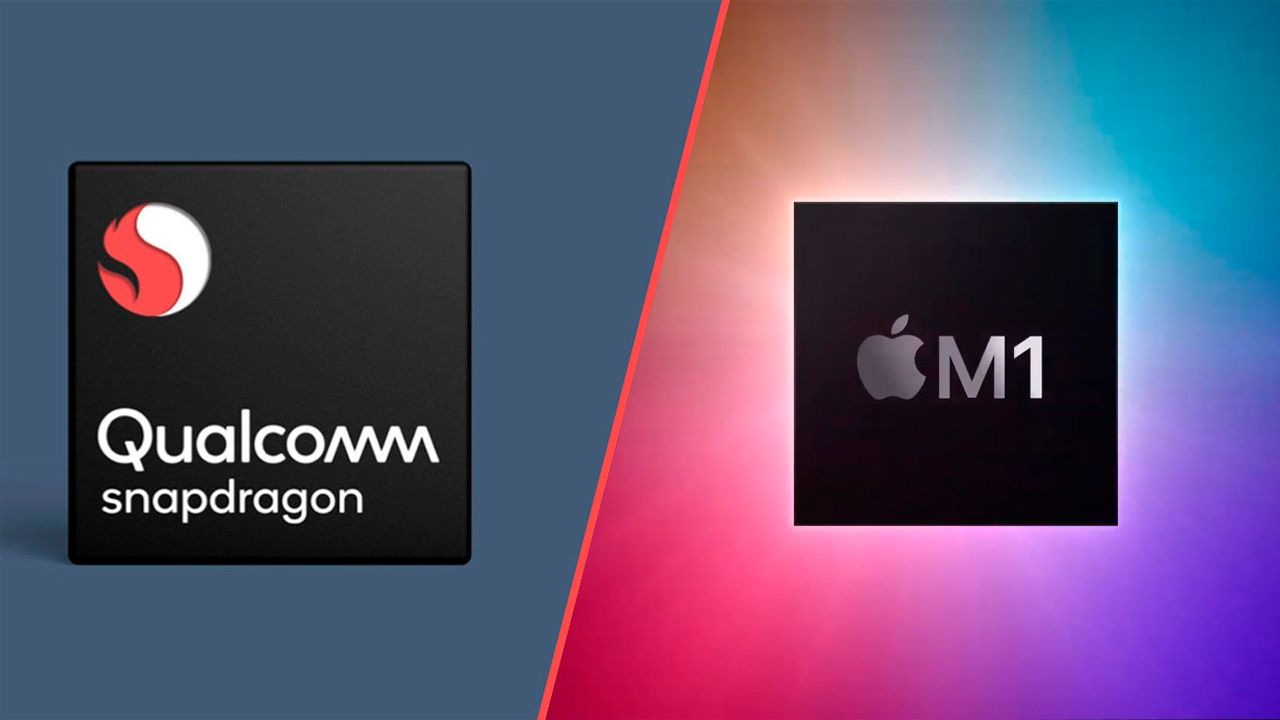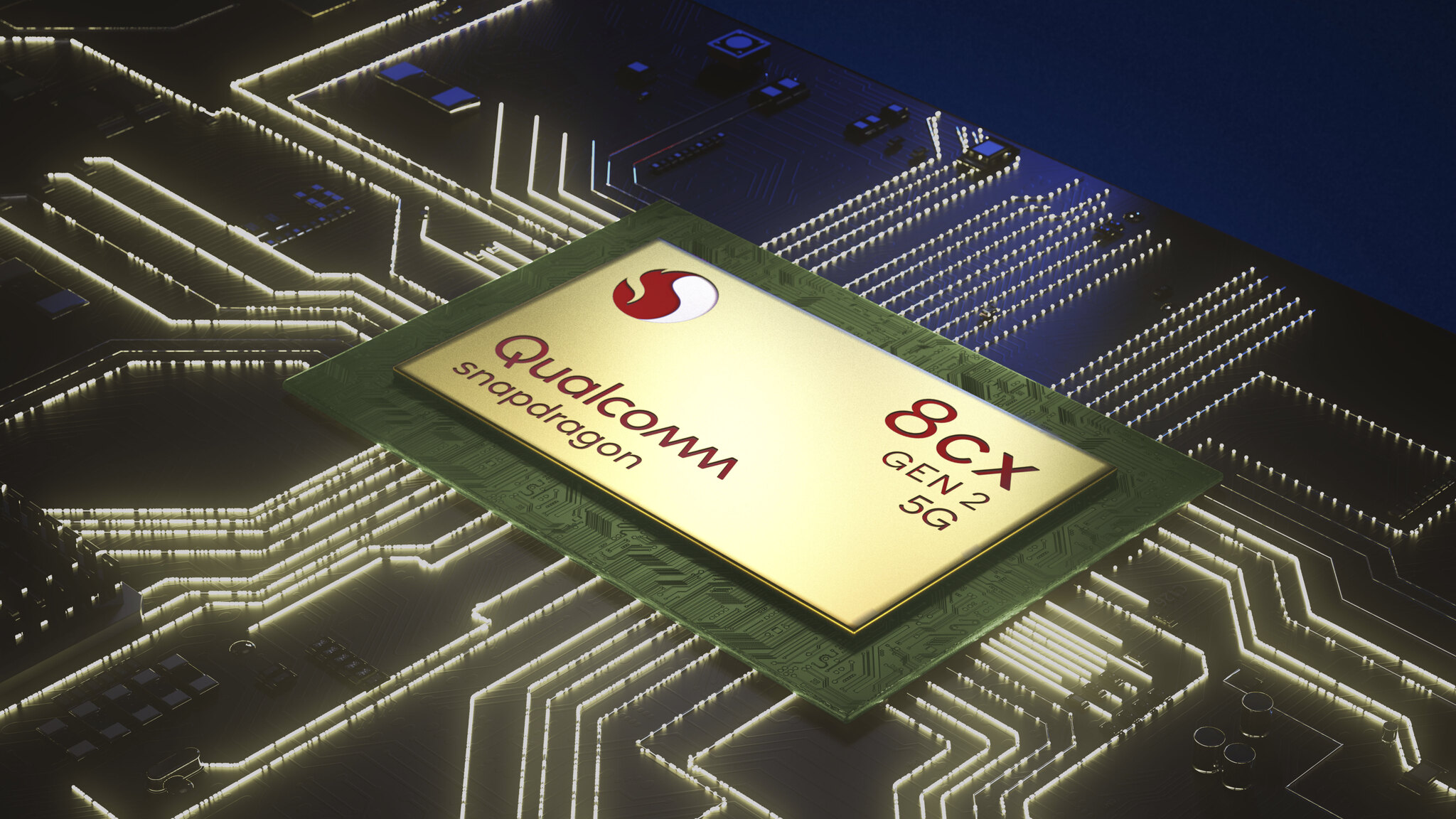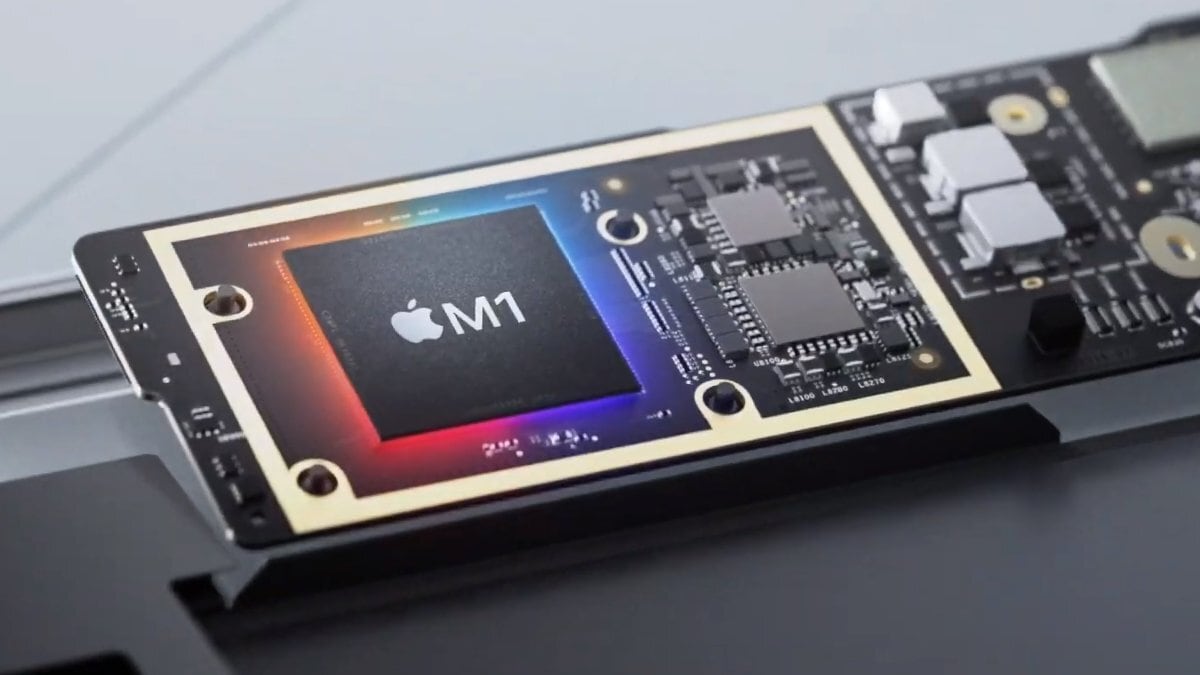
ARM processors are becoming more powerful and their scope is expanding. Qualcomm is currently working on a new high-performance ARM chip . Its processor for desktop PCs and laptops is called SC8280, and it can be used in Windows computers without any problems.
Snapdragon SC828 will be on sale in the middle of this year, a more exact date is unknown. As far as can be understood, the chip will be a direct competitor to Apple's processor, which is also based on the ARM architecture.
Qualcomm has every chance to release its own powerful processor, since this company is one of the largest manufacturers of ARM chips. Qualcomm's market share is around 33% in mid-2019. By the end of last year, this figure dropped to 29% - the company gave way to the Chinese MediaTek. The latter, however, is ahead of its competitor by only a couple of percent.
What is the novelty?
As far as we know, the Snapdragon SC8280 is an improved version of Qualcomm's first Windows laptop solutions. We are talking about hardware platforms Snapdragon 8cx and 8cx Gen 2. But there are significant differences - not only internal, but also external. For example, even the dimensions differ - for the SC8280 it is 20x17 mm. The dimensions of the predecessors are 20x15 mm. The difference can be explained by the large number of cores.
The company is going to release two processor modifications at once, one of them will support 32 GB LPDDR4X at once. The second modification will work with the recently introduced LPDDR5 modules.
What stage is the development at?
At the end. There are already prototypes of the processor, they are being tested in the company's laboratories, paired with 14-inch monitors. Even though it's less than half a year since the 8cx Gen 2 demo (September 2020), the new chips will be released this year.
Despite the fact that the specifications of the processor are unknown, the Snapdragon X55 modem will most likely be part of it. It allows the device to work with fifth-generation cellular networks, which should bring the device to the attention of corporations.
Moreover, gadgets based on the Apple M1 do not have a 5G connection, so this will also be a competitive advantage of the new product.
Well, this processor is made according to the 5nm technical process, this is another competitive advantage. Qualcomm already has a 5nm processor. True, this is a mobile chip - Qualcomm 888 .
What does Qualcomm have now?
If we talk about the processors that the company supplies now, then the main one is the Snapdragon 8cx Gen 2. This is a 64-bit chip made using 7nm technology. It has eight cores Kryo 495. There is a slightly modified version, also with 8 cores, but Kryo 490. The integrated graphics are Adreno 675.

The Snapdragon 8cx Gen 2, which will be replaced by the new product, already has support for 5G networks, while the first generation only has support for LTE and 4G. It is used in the Galaxy Book S, Samsung's flagship laptop, and several other systems. Due to the low power consumption, the battery of such a device lasts for almost a day in video playback mode.
Snapdragon 8cx Gen 2 and Snapdragon 8c are installed in both IdeaPad 5G and IdeaPad 4G LTE. Each of the devices can work with a cellular network, and the battery lasts for 20 hours.
There is also a Snapdragon 888 mobile processor with Cortex X1, Wi-Fi 6E and 5G. It has 8 cores. The main core for high-performance tasks, three cores for performing background resource-intensive tasks, and four more for performing background non-priority tasks. The main core in the chip, Cortex-X1, runs at 2.84 GHz. Three additional cores are Cortex A78, four others are A55.
Closest competitor

As for the competitor, Apple M1, three systems have been released on its basis so far - MacBook Air, MacBook Pro 13 and Mac mini nettop. The processor includes four high-performance Firestorm cores and four low-power Icestorm cores.
The high-performance cores have 192 KB of instruction cache and 128 KB of data cache and share 12 MB of L2 cache. The second group of cores has 128 KB of instruction cache, 64 KB of data cache, and a total of 4 MB of L2 cache.
Part of the chip is also eight-core graphics that can handle 25,000 threads simultaneously, plus a 16-core neuroprocessor that performs 11 trillion operations per second.
